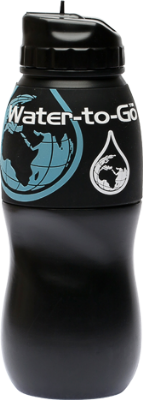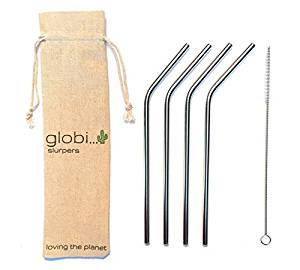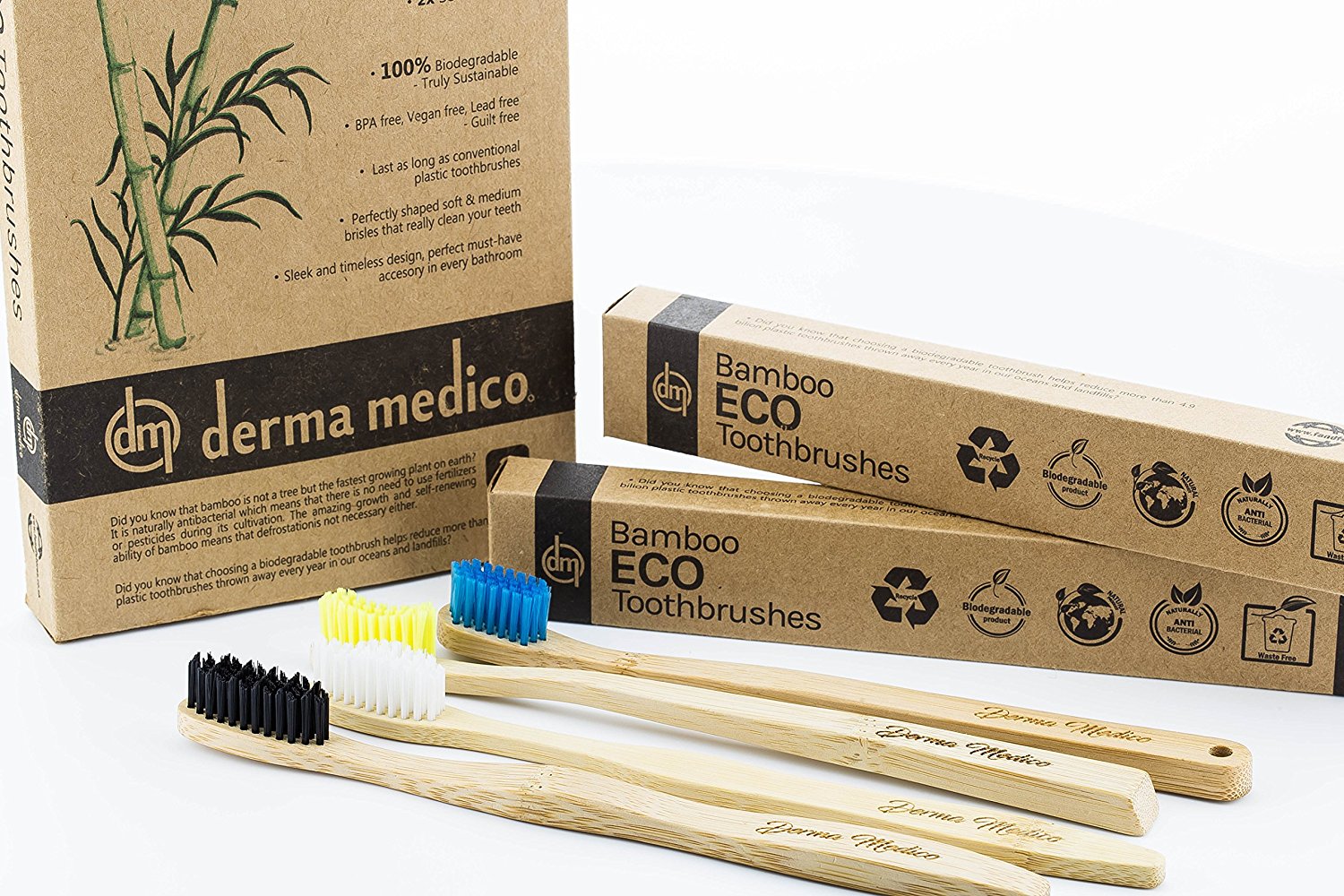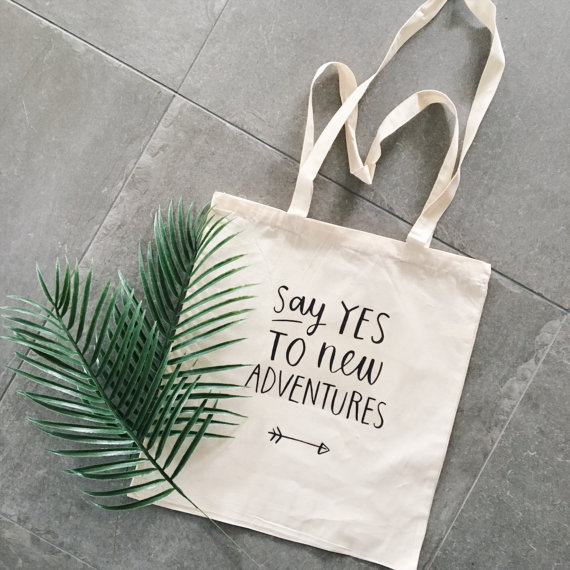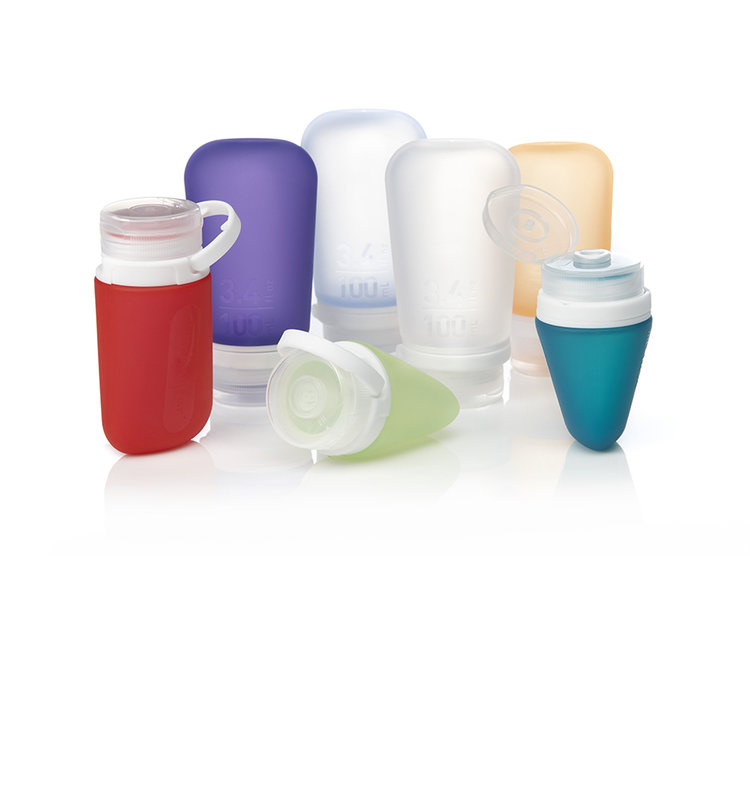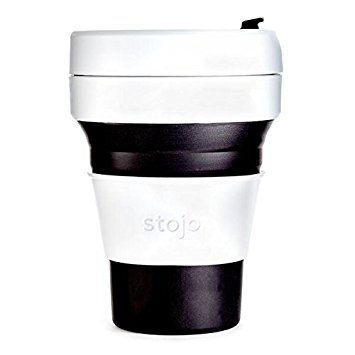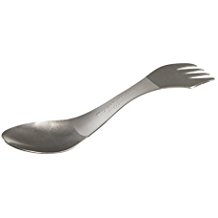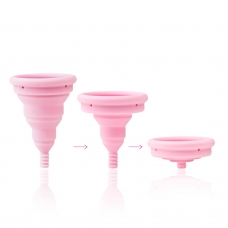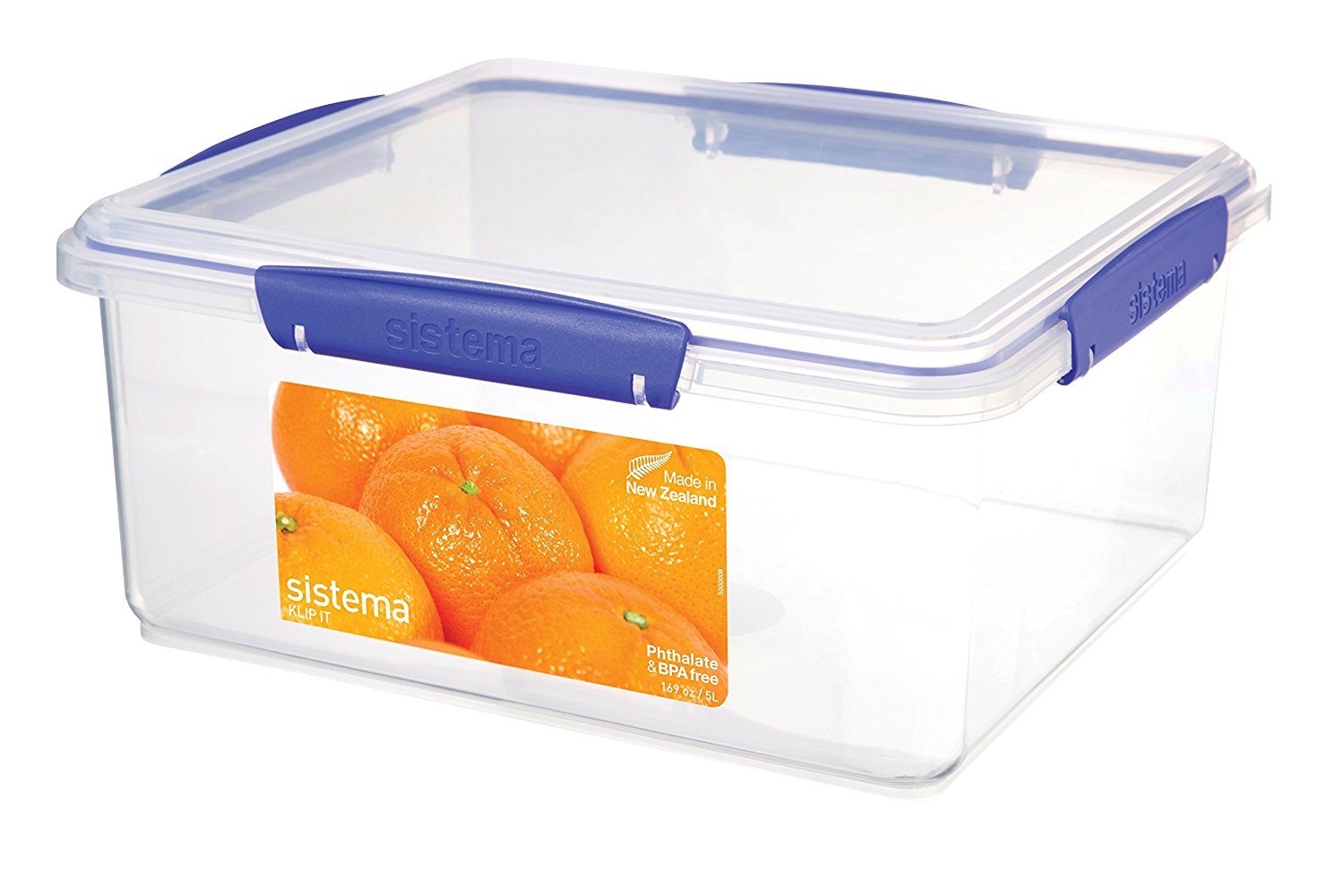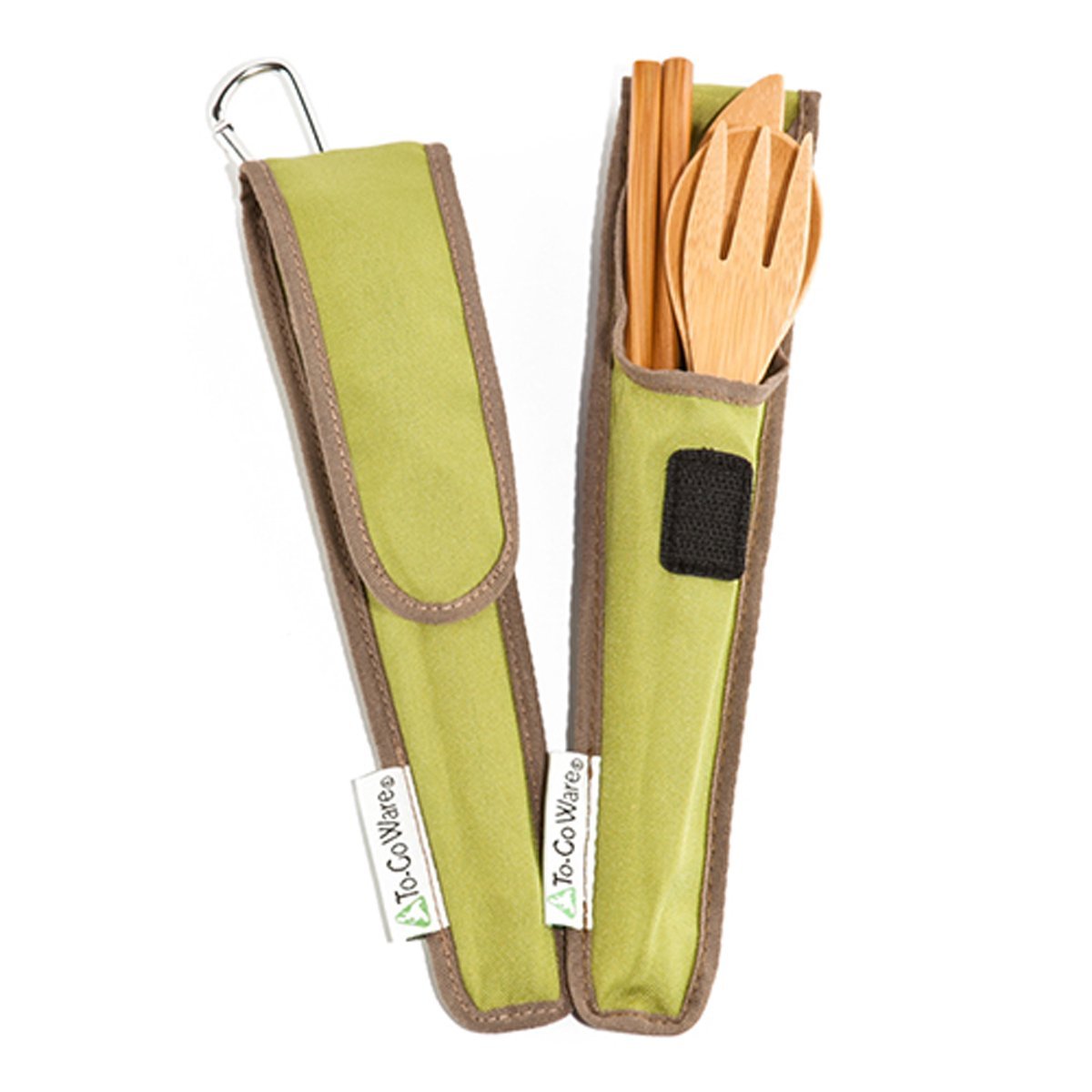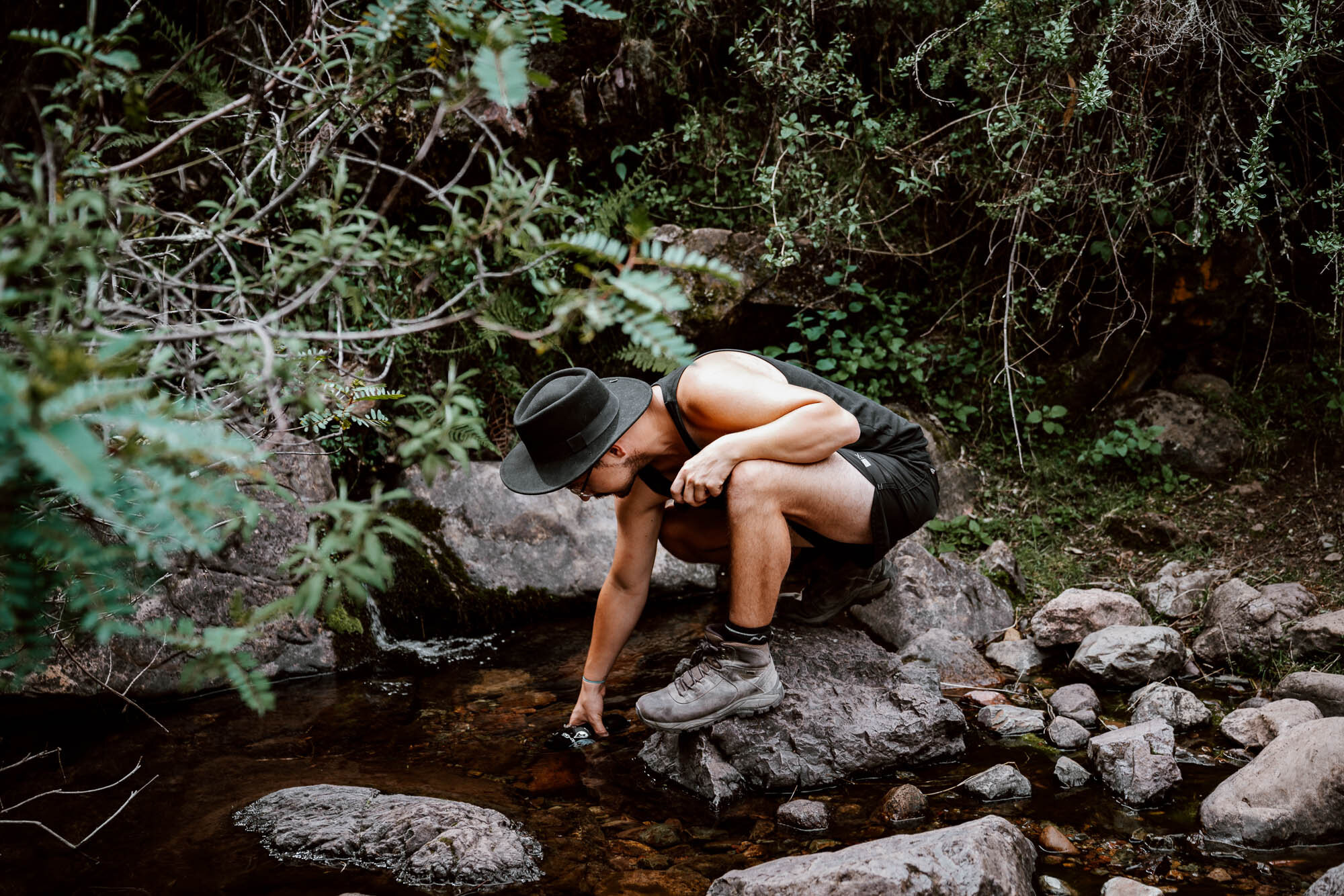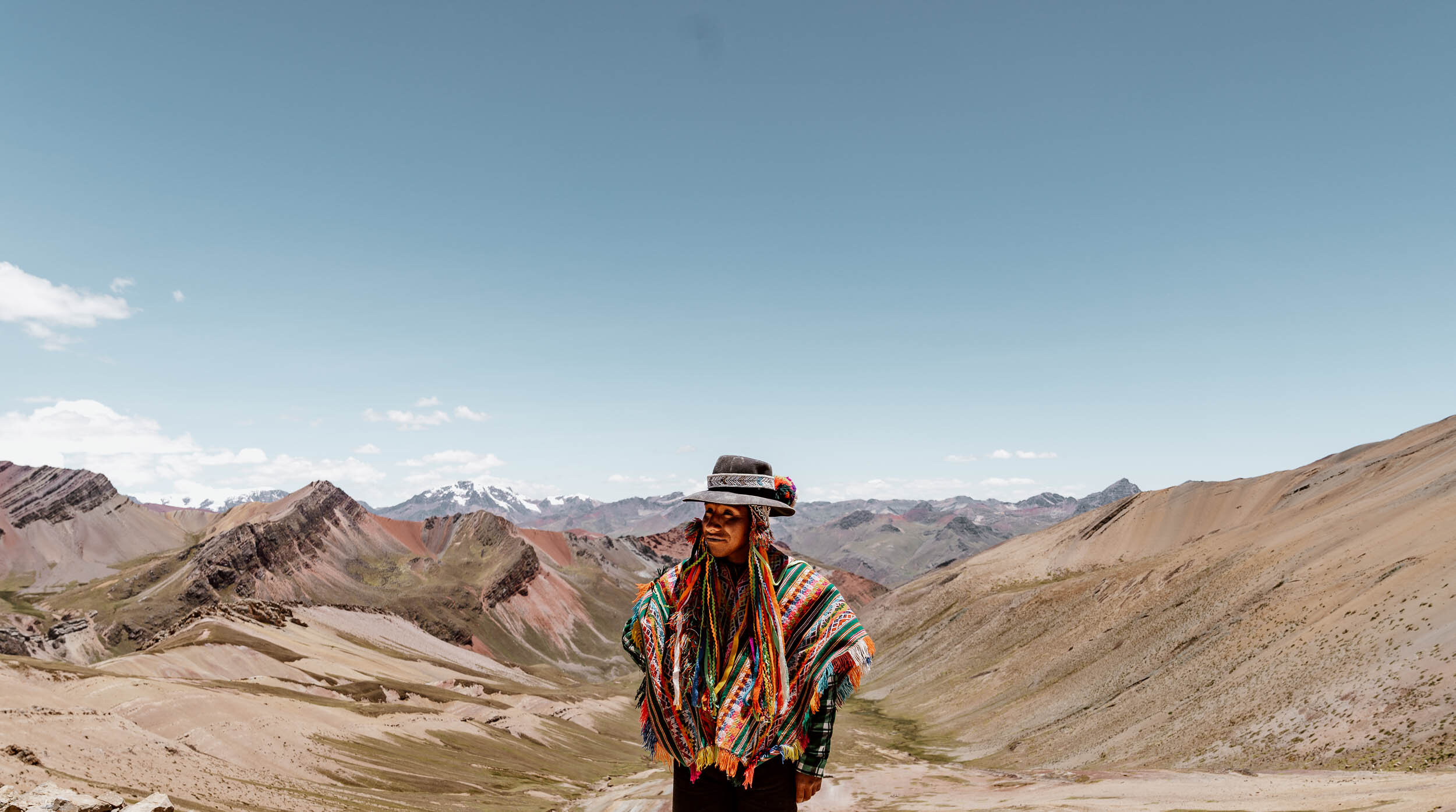“Surely we have a responsibility to care for our blue planet. The future of humanity - and indeed all life on Earth - now depends on us.”
One of our biggest regrets from our two year trip around Latin America? It's nothing to do with not visiting the Amazon, or the San Blas Islands or sticking to our tight budget a little too strictly.
Nope, it's the sheer amount of plastic we consumed. Sometimes it was necessary, sometimes it was wholly and utterly avoidable.
Now, let's track back a little bit. The media and political agenda in the UK over the few months has, thankfully, been committed to castigating plastic use. The main motivation for this wasn't any speech by a politician or a shift in consumer decision-making; it was a nature documentary.
David Attenborough's Blue Planet II on the BBC highlighted the scourge that humanity's thirst for plastic has had on our oceans and the creatures which call it home - see a short video here - and changed a nation's mood.
Plastic’s short and long-term effects on the environment - our environment - is after all, awful. It litters our oceans, kills our marine ecosytems and takes centuries to degrade. Most countries don't have the will, infrastructure or finances to recycle or reuse it, with only 9% of plastic recycled globally. Up to eight million tonnes of plastic is dumped into the oceans every year, each piece of plastic ever made - unless it's been burned – still exists on our planet today and, scientists at Ghent University in Belgium recently calculated that people who eat seafood could ingest up to 11,000 tiny pieces of plastic every year.
There has been a lot of bandwagon jumping, and a lot of well-meaning PR wins by supermarkets and producers about how they will reduce their plastic packing by 2020, or 2025, or 2035 or whatever (question - why the hell wasn't this previously a central part of their business and CSR model!?). Already though, it feels like the moment is slipping past and, beyond that brief blip where it's the topic closest to everyone's hearts, the media focus has moved on to other things; in our day to day life we can see that, frankly, not too much has changed.
So it falls upon us as individuals - as travellers - to maintain the focus and help spread the word in a more grassroots way.
Plastic is not something we think is universally bad. Even the environmental campaign group 'A Plastic Planet' notes its "astounding properties" and essential role in much of what keeps us alive, happy and civilised. Some of the items on this very list are actually made of plastic. However, humanity's fundamental relationship with plastic has clearly become toxic and utterly unsustainable.
We all need to take steps to minimise our overall usage and only take the plastic option when there's no better alternative.
At Along Dusty Roads, we have always been aware of our plastic footprint, but we haven't always made consistent and active decisions to find alternative options to help us reduce it. On that Latin America trip, for example, we said no to plastic bags most of the time and used our own canvas bag for shopping. We tried to buy large gallon containers of water and fill from there into our smaller plastic bottles, rather than buy lots and lots of 1 litre bottles. But we know we could have done so much much more to minimise our reliance on single-use and disposable plastic products whilst travelling long-term.
We could have packed better, we could have prepared better and we could have done more.
So, we have now invested in a few items to help us do just that on our future short and long-term travels. Listing them here, amongst a handful of other tips we've picked up over the years, we hope that we can give you some practical, affordable and realistic suggestions for your own packing list to help you use less plastic when you travel (and whilst you're at home too).
We aren't trying to go zero plastic. As ever, it's impossible to always use an alternative, compromises may have to be made on the road and the impact we each make by changing some of our habits may be small and, at times, feel utterly insignificant. However, we know that if the thousands of travellers who read this website each day can each make a small positive impact - and help persuade others to make the change - then together we can do something powerful.
It's time for us to take responsibility.
how to use less plastic
// Use a refillable water bottle
// Switch to a bamboo toothbrush
// Carry a canvas bag wherever you go
// Say no to straws
// Carry tupperware
// Grab yourself a spork (or bamboo cutlery set)
// Switch tampons for a menstrual cup
// Switch out drinks that come in plastic, for those in glass or cans
// Skip the disposable razors
// Invest in a reusable coffee cup
// Give the hotel toiletries a miss (and mix up your own)
// Abandon the cotton bud!
// Learn to say no!
How To Use Less Plastic | When Travelling And At Home
Switch to a bamboo toothbrush
Emily's mother has a problem with toothbrushes. Clearly a stain upon her otherwise impeccable bathroom, we've lost count of the number that disappear, seemingly into the abyss, between our visits. Apart from being bloody annoying when we intentionally left our regular ones in London, from an unecessary-plastic-entering-the-local-dump point of view, it's pretty bloody awful for the environment.
To be honest, the humble plastic toothbrush wasn't actually something we thought too much about until relatively recently. Now it pains us to think of how many have ended up in landfill over the years.
Thankfully, there is a much, much better alternative available: the bamboo toothbrush.
Made from the fastest growing plant in the world, it literally couldn't be more sustainable or bio-degradable. This 4-pack of bamboo brushes by Derma Medico is excellent value.
Ditch the plastic bottle and go for a refillable one
The world uses on average 1 million plastics bottles an hour. That's a lot right?
Well, it's actually 1 million plastic bottles A MINUTE, equating to 480billion a year! Doesn't that just make you feel ill?
We now use two types of bottles for travel and back home. For travel, the BPA-free Water-to-Go is a beast which is an essential item for anyone visiting countries where the water is questionable or officially not drinkable.
Its in-built filters "remove bacteria, viruses, water borne disease, protozoa, heavy metals such as Lead and harmful chemicals", making water safe from virtually any source (including rivers or streams on hikes). Each filter treats either 130 or 200 litres of water, which equates to 260 or 400 single-use plastic water bottles!
We both use their 75 cl bottle, which is best for hikes, adventures and long-term travel.
When at home, or if we're travelling in a country or in a style which means there are no issues with accessing safe drinking water, then we also use this insulated metal water bottle which keeps water cold for up-to 24 hours and withstands being dropped loads and loads (having had a glass bottle, we can confirm that this is an excellent and much needed feature!).
Another benefit of carrying your own refillable bottles when you travel is that you can save a lot of money, particularly in airports. Simply make sure the bottle is empty before you pass through security and then fill it up on other side at a fountain, or ask kindly at certain cafes to do it for free. Note, Andrew always forgets to drink all the water until he's in line going through airport security....this inevitably means he's bursting for the bathroom before our plane's even taken off!
If you have to purchase a disposable plastic bottle, then try to buy the largest possible and reuse it.
There are a number of companies that sell travel filter water bottles, however after a thorough deep dive into the science - and their small print - if you’re heading a country where you really can’t rely on the water source, there are only two companies that offer a bottle up to the task: the Water-to-Go bottle that we’ve mentioned above, and the Grayl Purifier Bottle.
Lifestraw has been selling a version of a filter water bottle for years, but it’s important to note that their bottles don’t filter out viruses, which are an important cause of gastrointestinal upset secondary to dodgy water sources.
Read more | We would highly recommend heading over to our post ‘The Best Travel Filter Water Bottles for Your Next Trip’.
carry a canvas bag
Every year, roughly 102.1 billion plastic bags are used by Americans. One out of every ten items picked up in an International Coastal Cleanup in 2009 was a plastic bag, making it the second most common kind of ocean waste.
There really is no excuse for using plastic bags in 2018.
On the road, we always have a canvas bag rolled up in our day packs which we can use for carrying food shopping or spontanenous purposes. It's lightweight, doesn't take up any room and is easy to store. When travelling, buying loose fruit and veg from markets is not only a more fun option, but it also means you cut plastic out of the transaction (and you can say no if the stall holder asks if you want to produce put in a plastic bag).
This one is the perfect canvas bag for travellers, or you can bring one you have lying around at home.
Cotton/canvas is a more sustainable material, but we do know that some of our readers like ChicoBags, which are sourced from recycled material fold into a small pouch when not in use.
Say No to Straws
Nothing better sums up how toxic our relationship with single-use plastic has become than straws. They're cheap, we hardly ever need them, but they're used often without a second thought. And, after that drink is finished, they're tossed away and end up in landfill or in the ocean. According to Eunomia Research & Consulting, the UK alone throws away 8.5 billion each year.
For many, it is now the 'last straw' for straws.
Personally, we try to say no to straws at home and abroad. However, we know some people do like to use them (is a mojito even a mojito if you don't suck it up through a straw?) and, if you're travelling with children, not using a straw can be a guaranteed tantrum starter! For medical reasons, some simply have to use a straw when they drink.
In that case, invest in an easily reusable bamboo straw or metal straw alternative; each is easy to store and carry. For the bamboo type, we like this pack by Bambaw.
If you aren't convinced of the damage plastic straw can have, then watch this.
carry tupperware
Anyone who has spent more than a couple of nights in a hostel will know what a godsend having your own tupperware can be for when you have leftovers. For us, it's also a really handy multifunction item on our packing list to use for our packed lunches on day trips, hiking journeys or long distance bus journeys. If you think it will result in wasted space in your backpack, then simply use it to store boxy items when it's got nothing else to go in it.
From tried-and-tested tupperware usage on the road, trust us when we say that you would be foolish to take any tupperware that doesn't have a clip-top lid. Otherwise, leakage is inevitable and NOBODY wants to discover all their clothes covered in last night's curry...
Also, as we only recently discovered, there is a whole world of COLLAPSIBLE tupperware out there too.
Join the Spork club
Emily never let Andrew get a spork for Latin America, despite his repeated pleas to have one. Now, he is the proud owner of this nice shiny one from humangear to go with our tupperware!
The first reason to take a spork on your travels is that it's pretty damn useful on hikes and day trips. However, we've noted that hostels all over the world - including in Brighton and Madrid - continue to only offer single-use plastic cutlery for their guests' breakfasts. It makes us shudder at the sheer waste that represents but, by carrying a spork, you can now have a guilty free cheap cereal, stodgy white toast and terrible coffee! In day-to-day life in London, a spork is also essential to have in your bag. When we have that spontaneous lunch out at Pret or somewhere similar, and particularly in airports if we're taking something to eat on the plane with us, they still offer no alternative to single-use plastic cutlery.
Now, we are by no means saying that you should eat every meal with a spork, but having one will certainly help cut down your plastic consumption.
We currently have this one, but some fellow travellers advised us that plastic sporks can easily break and that it's better to get a titanium spork.
Another option is to bring a lightweight bamboo cutlery set, which is made specifically for travel and comes with a carry-pouch.
Ditch the Tampons for a Menstrual Cup
In the UK, we are spoiled with a vast array of sanitary products (something any man who has been sent out to the shops to buy tampons will attest to). In many countries around the world however, it's genuinely difficult to find anything other than oversized - often expensive - sanitary towels.
Certainly for Emily, this has meant that in the past, she’s been forced to carry around an ungodly number of tampons in an already over-stuffed bag but, more than that, it means that all those tampons are going straight into already struggling landfills.*
That's why menstrual cups are so awesome. One tiny silicon cup that can be used again and again and again. Naturally, they take a little bit of practice to learn to insert and remove but once you master it, you are good to go for years. What’s more, they’re hygienic, good for your bank balance, easy to store when not in use and - most importantly - excellent for the environment.
In fact, one study has found that a menstrual cup is estimated to create 0.4% of the plastic waste generated by single-use pads and 6% of that produced by using tampons. Multiple that out by the 1.9 billion women of menstruating age all over the world and, well, its easy o see how it would add up!
Emily has the collapsible LilyCup, which is incredibly compact and perfect for travelling, but there are others within their range, catering for both women who have had children, and those that haven’t. Other popular brands include MoonCup, OrganiCup and Lunette.
*Use sanitary towels? They're even worse, being made of 90% plastic - the equivalent of 5 plastic bags in each one!
Skip Disposable Razors
Boys, you can start reading again now. Ladies, don't you go anywhere!
Razors are expensive. And so, that's why the budget choice is to buy a pack of 5 or 10 plastic disposable ones - good for a couple of uses, you can just chuck them away. Of course, this is only adding to the problem of plastic waste.
Andrew now gets his razors from Cornerstone, which delivers them through the mail. In your first delivery, you get a personally engraved German-engineered steel handle and six quality blades for £4, and then the blades get sent out at regular intervals depending on how hirsute you are (every six weeks in Andrew's case because his beard-growing qualities are negligible). Although it isn't a perfect long-term environmental solution, it works out as cheap as buying the disposable ones, and instantly reduces your yearly plastic footprint.
You can sign up to Cornerstone here.
A reusable cup for coffee
Now, we're a little conflicted here.
Firstly, we have so few takeaway coffees (and when we do , they're often very spur of the moment) that we're not sure it's worth in investing in something that we're unlikely to actually carry with us. Secondly, we honestly believe that the onus and easiest fix to the disposable coffee cup culture which large coffee shop chains created and profit from is for them to make single use coffee cups that ARE sustainably-sourced and recyclable instead of offering a measly 25p off an already expensive latte if you bring in a reusable cup.
Didn't know that paper coffee aren't actually very easy to recycle? Then read this article.
Takeaway coffee cup culture is also very foreign to a number of countries - just spend some time in Italy or Spain where most people take their coffee at the bar or at the table, rather than 'on the go'. So, the first step is to try and replicate that behaviour and simply have a coffee in a ceramic or glass cup in the cafe (which often doubles up as a nice cultural experience or insight in a new place). If, however, you know that you use a lot of paper coffee cups, then it is definitely worth investing in a reusable cup.
This collapsible one by StoJo is the best option in terms of travel, whilst KeepCup's Travel Coffee Containers offers a stylish non-collapsible alternative.
Drink More Beer
It isn't just bottled water which results in a huge result of plastic waste. All those soft drinks (which Emily consumes far too much of when we're anywhere hot) are more often than not encased in a plastic bottle. Soft drinks companies are actually amongst the worst offenders for some of the world's plastic waste. According to Greenpeace, Coca-cola alone produces more than 100bn throwaway plastic bottles every year - that's 3,400 a second. The world's top six drinks companies "use a combined average of just 6.6% of recycled Pet in their products, a third have no targets to increase their use of recycled plastic and none are aiming to use 100% across their global production."
As with coffee cups, we feel that the main responsibility for change here lies with the companies themselves. If Elon Musk can send a car playing David Bowie into space, then we're pretty certain that a sustainable alternative for drinks packaging can be created by companies worth billions.
However, until that change arrives, we think that the greener alternative is to drink beer. After all, those glass bottles and aluminium cans are much less toxic and much easier to recycle!
Think About Toiletries
Okay, we're not complete martyrs. If we're staying in a particularly fancy hotel, we will occasionally indulge in the teeny tiny shampoos and shower gels on offer - after all, who doesn't want to smell like wheatgrass and honeycomb!? But, when travelling short or long-term, the best plastic reduction move is to shun the mini-bottles on offer and use your own.
For every trip we take, we use refillable travel toiletry bottles. These meet all the size requirements for security, whilst allowing us to fill up our shower gel, face wash, shampoo and conditioner from our bigger bottles at home. It ends up being signifcantly cheaper for you and isn't actually an inconvenience.
We now use these refillable leak-proof silicon bottles - still plastic, but plastic that we can use again and again and again.
Paper cotton buds
“It’s a photo that I wish didn’t exist but now that it does I want everyone to see it. What started as an opportunity to photograph a cute little sea horse turned into one of frustration and sadness as the incoming tide brought with it countless pieces of trash and sewage. This photo serves as an allegory for the current and future state of our oceans.”
You've seen the photo of the teeniest-tiniest seahorse with a discard cotton bud right? For Americans, we're referring to a Q-Tip / swab.
We know we can't be the only ones that spend a day at the beach and feel like there's a million pieces of sand floating around inside our ear. And whilst we technically know that you're not supposed to put a cotton bud INTO your ear, well, we totally do it anyway (come on, don't tell us you don't).
One thing we do always do these days however, is make sure that that cotton bud contains no plastic. Lots of the big brands are catching on to this and switching out the plastic for paper, but cheaper brands in particular are stubbornly refusing to change.
Please buy the sustainable plastic-free alternative.
Say No To Things
We would by lying if we said that we stick to these steps 100%. In fact, it's almost impossible to do that. However, we hope that it has given you some ideas on how we can all question our use of plastic, and reduce it by using alternatives when we travel and in our day-to-day lives. It can be disheartening reading too much about the issue, but we can all make positive changes.
In 2018, we're choosing to make that change permanent on our travels.
One underlying principle which we should all try and bring with us on the road is to say no certain things. It's a slow shift, but with less usage, there's less demand and, ultimately, less supply. So, unless you have no other option, just say no to plastic products which are unnecessary.
Don't use the plastic toothpick, ask for no straw, avoid styrofoam like the plague, say no to the plastic bag. If you're on a beach or on a hike, pick up a few items of trash (within reason and hygiene considerations) to prevent them ending up in the ocean or a stream.
They're small steps. But, if we all take them and spread the word to others, we can be part of the solution rather than the problem.
Your Plastic Reduction Packing List
We've listed the items we recommend for your plastic reduction packing list below; just click on the image to find out more or buy the item.


















